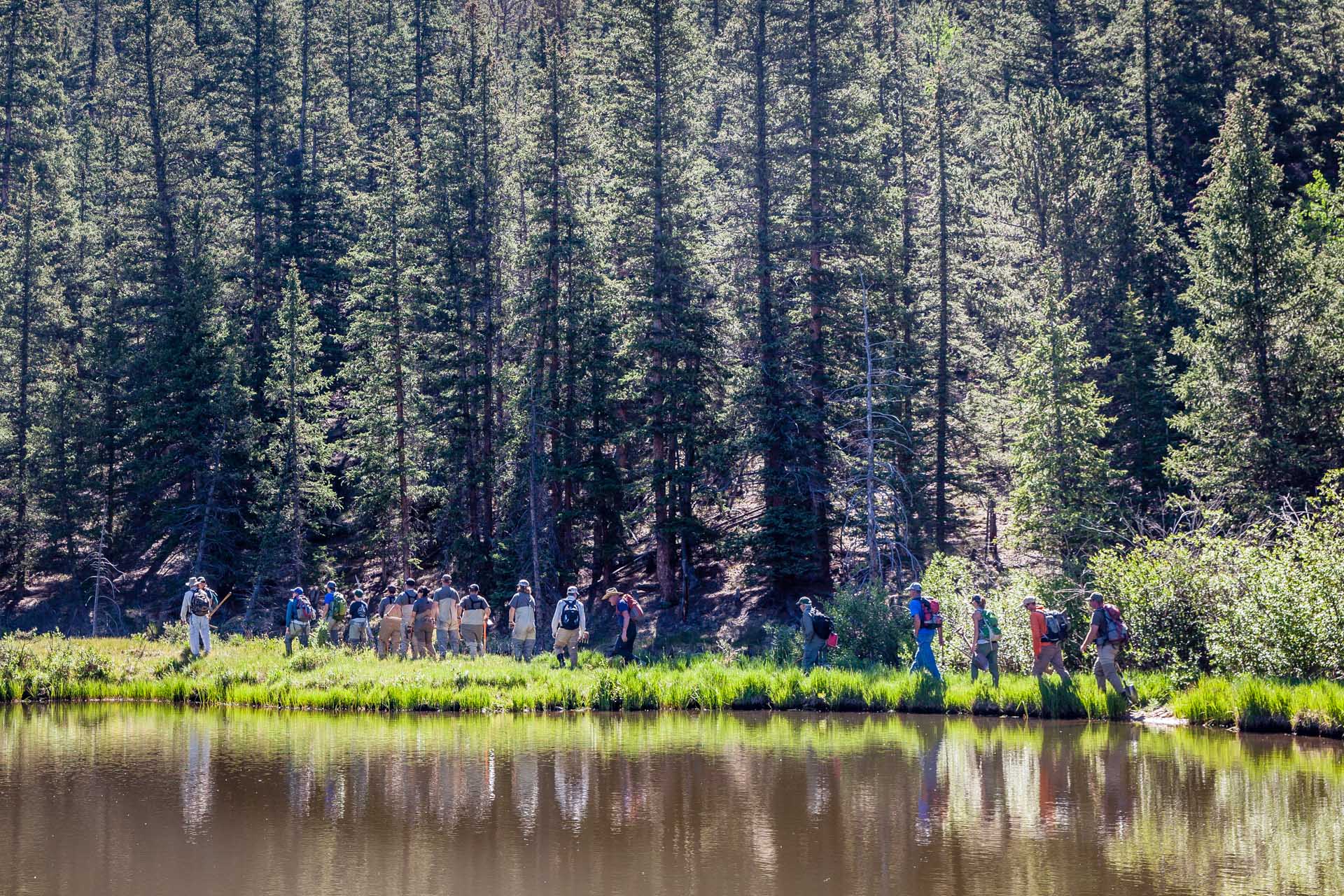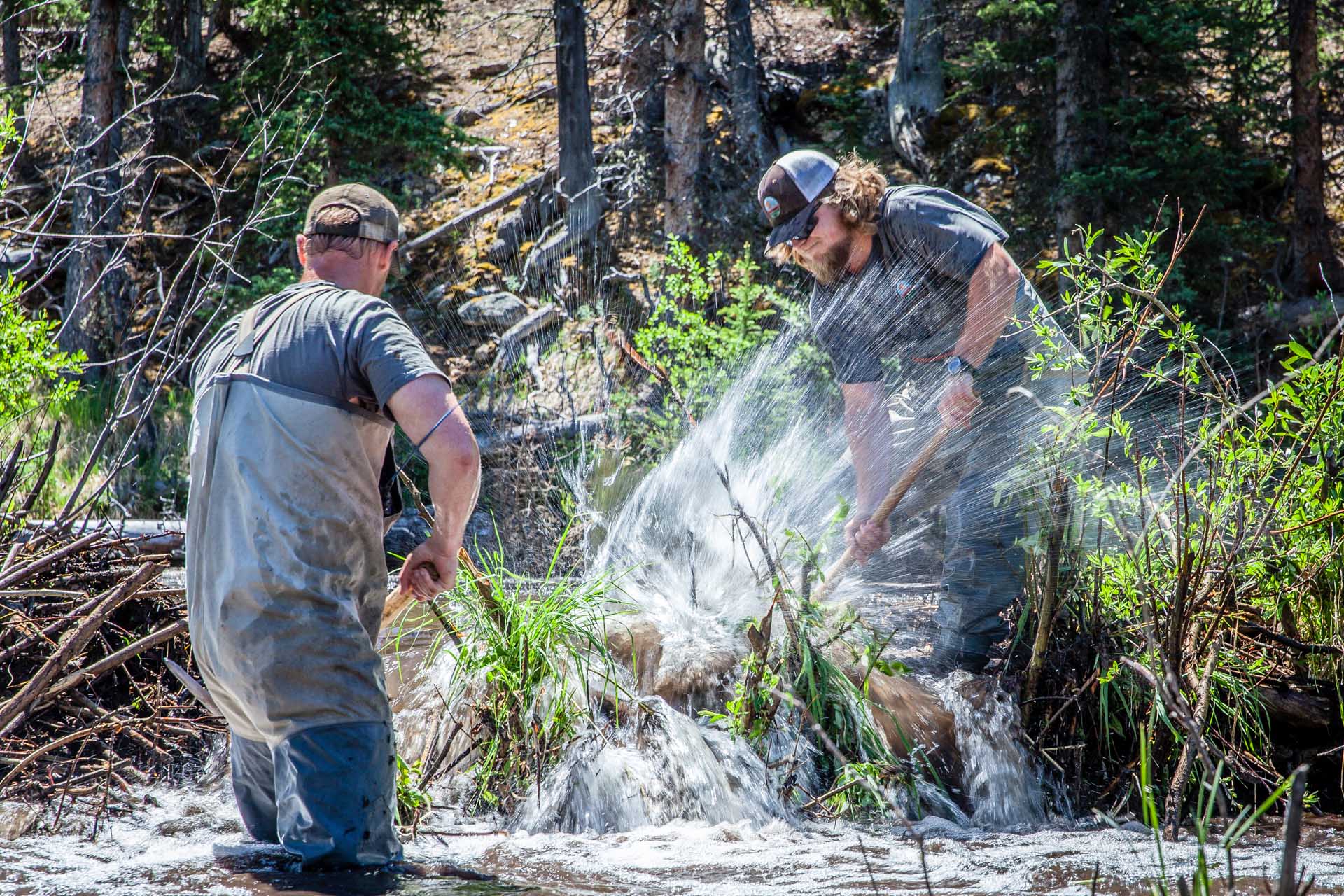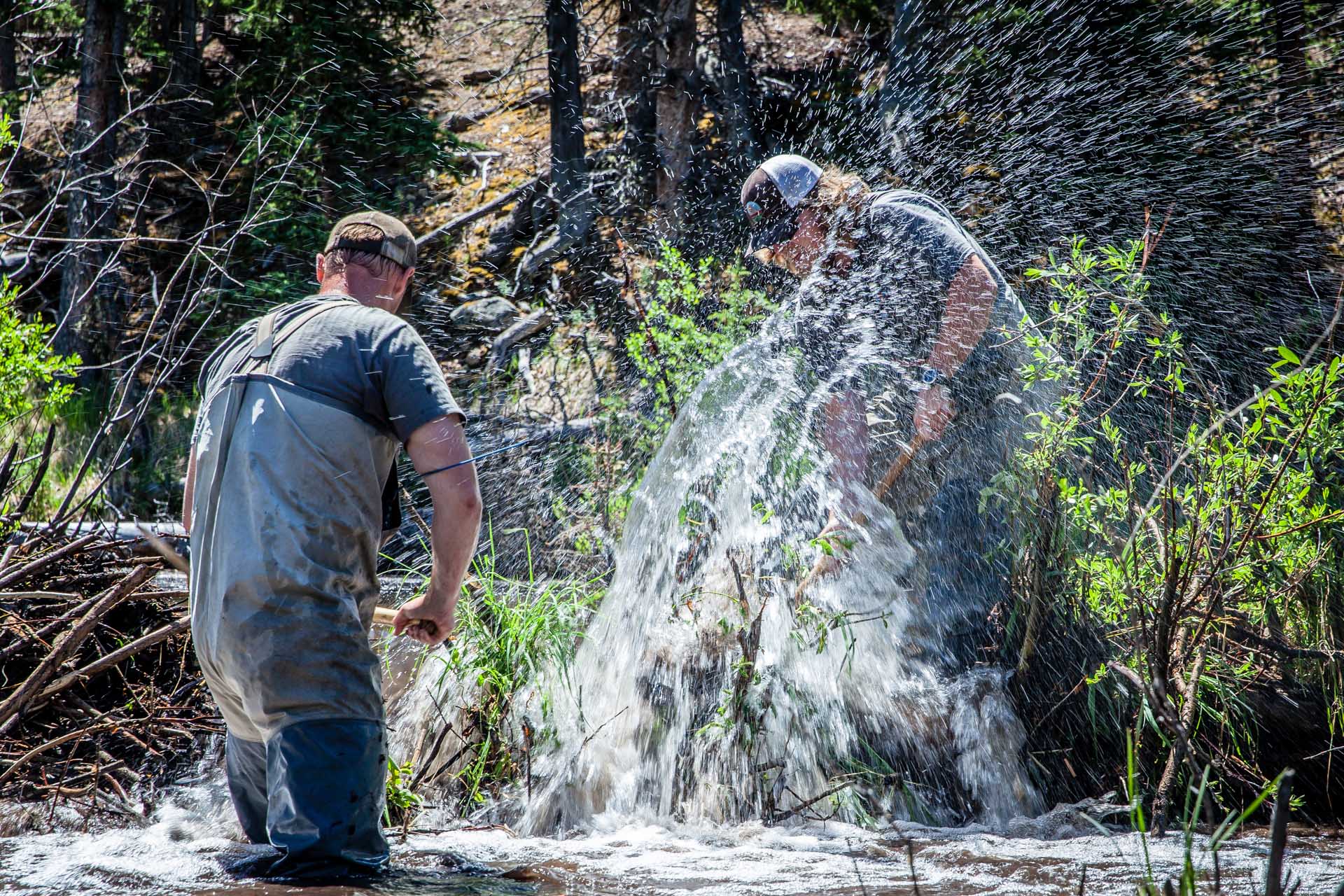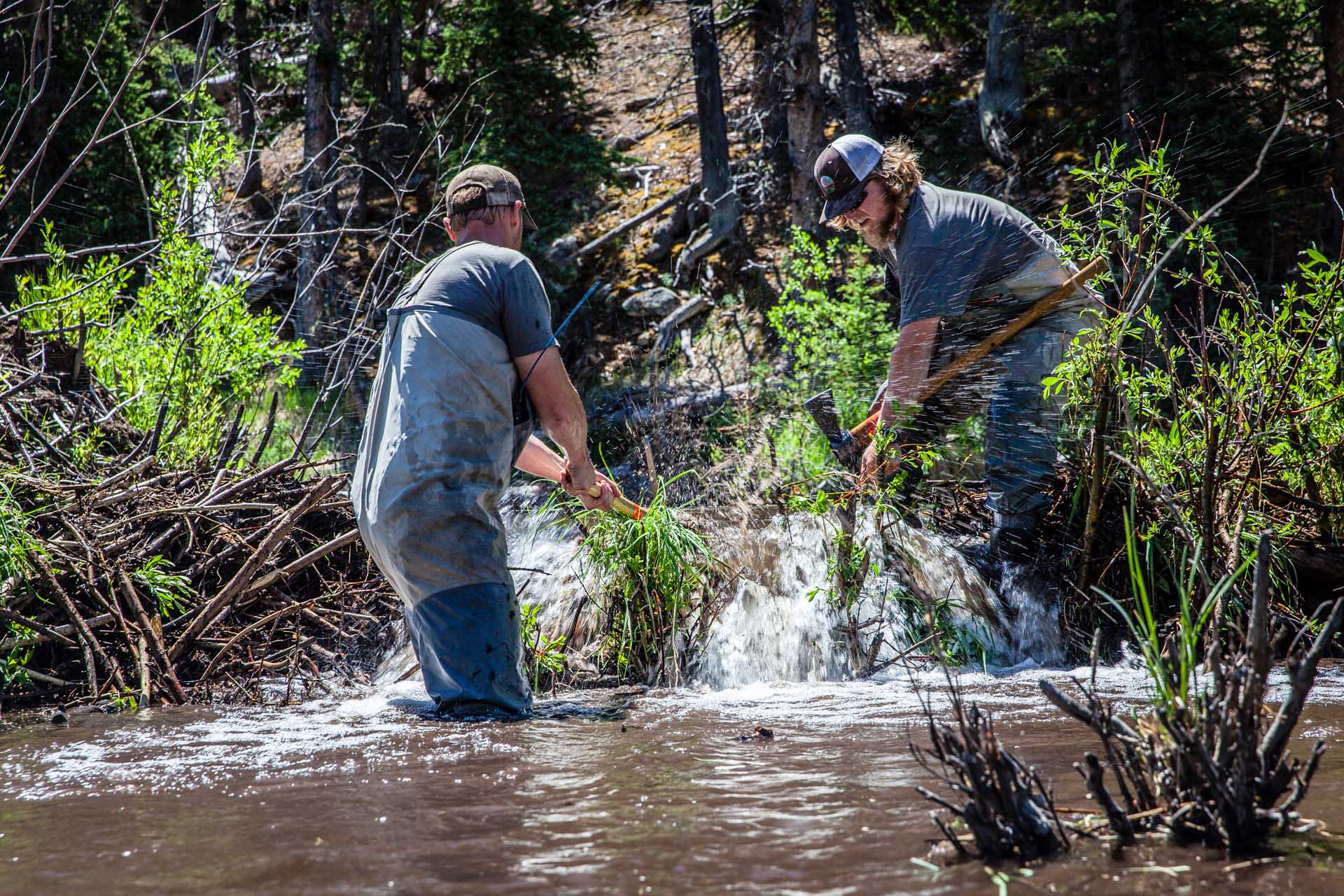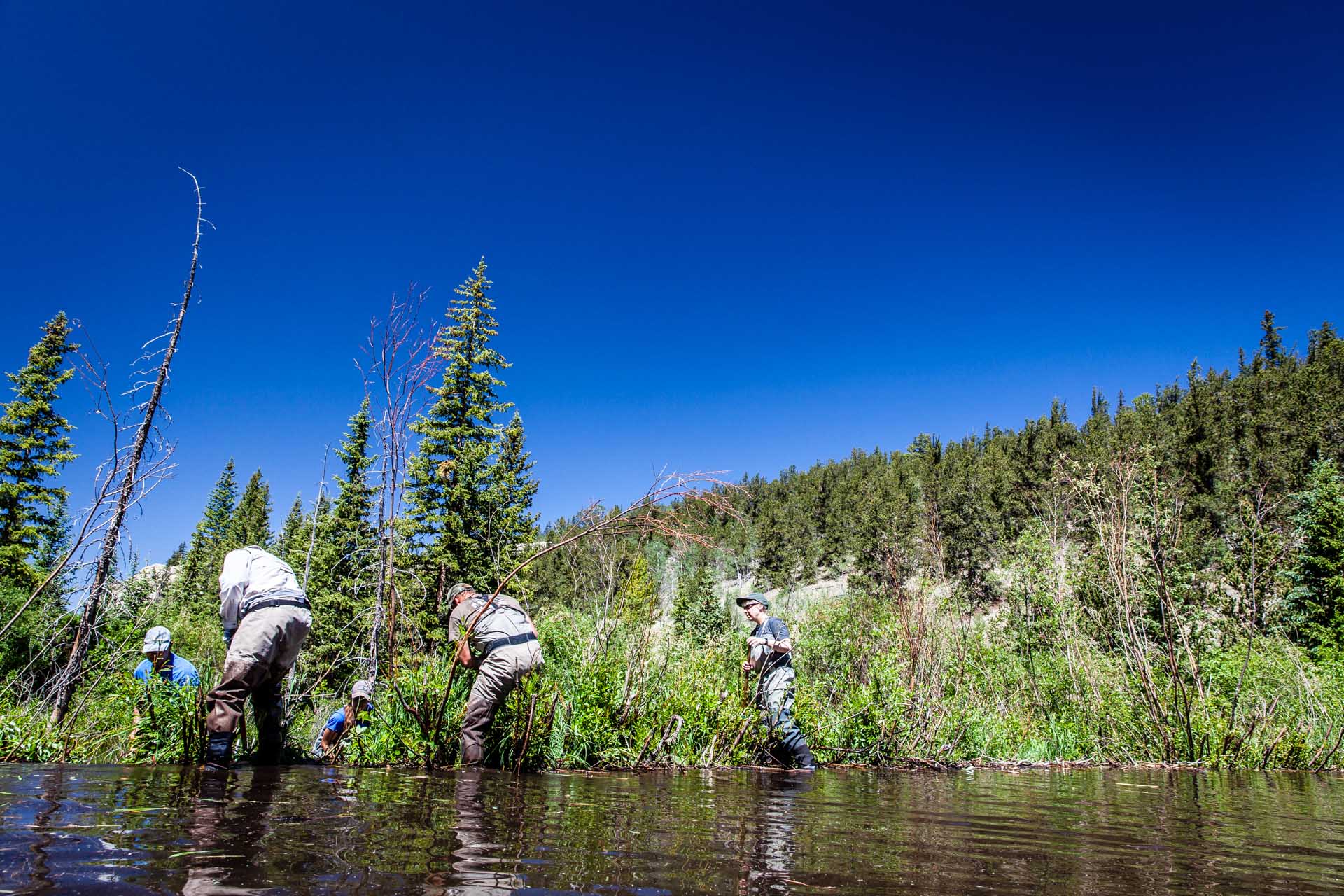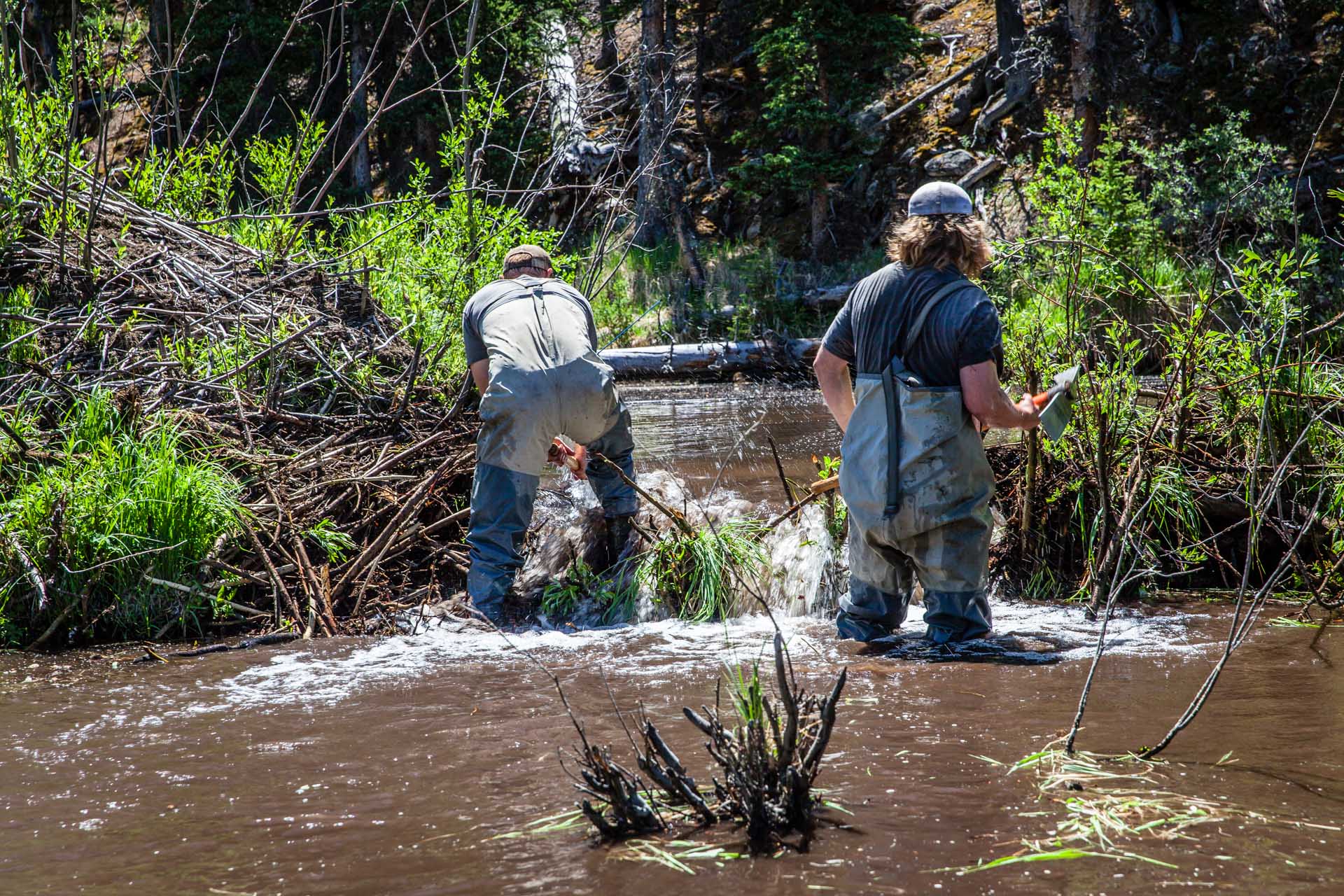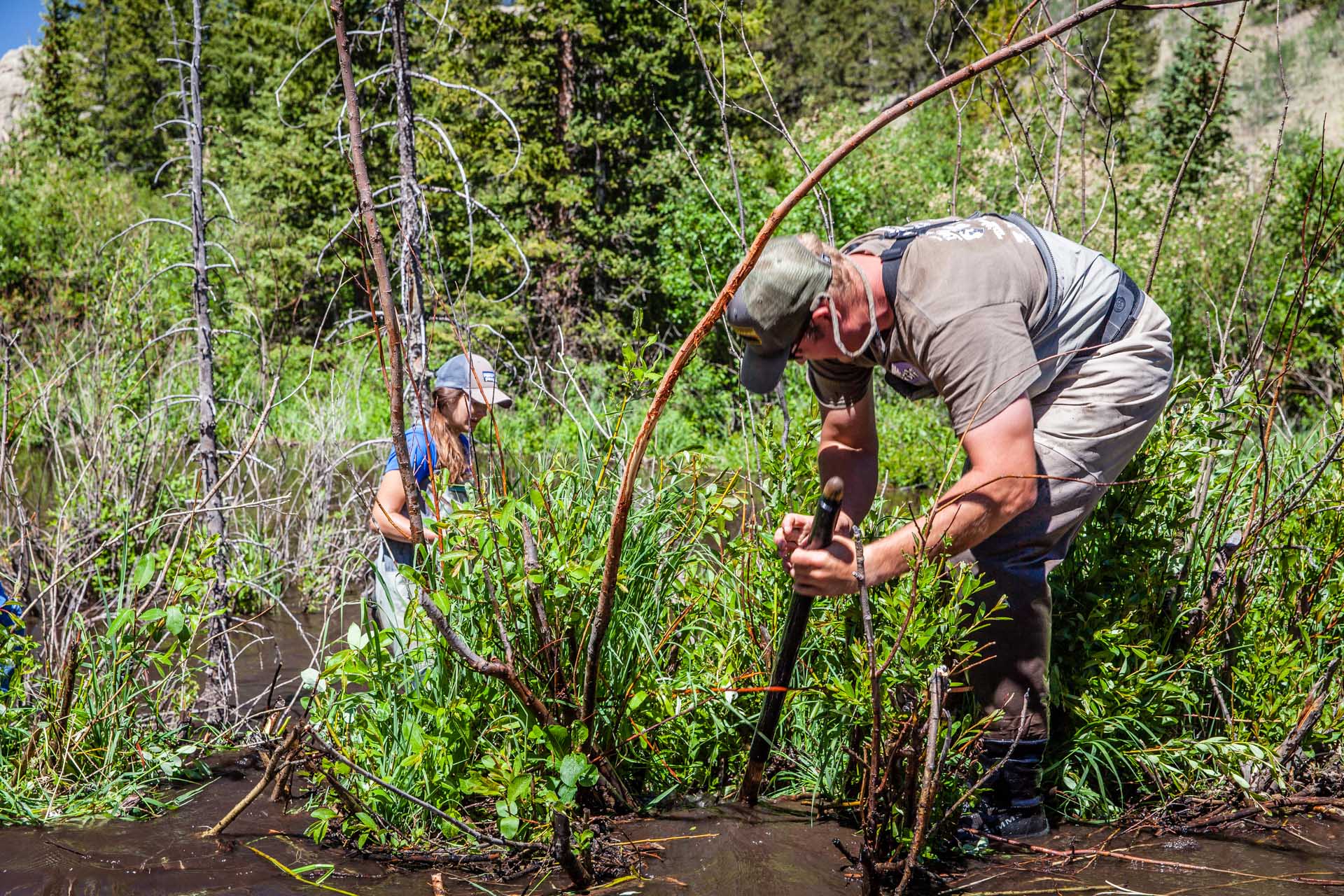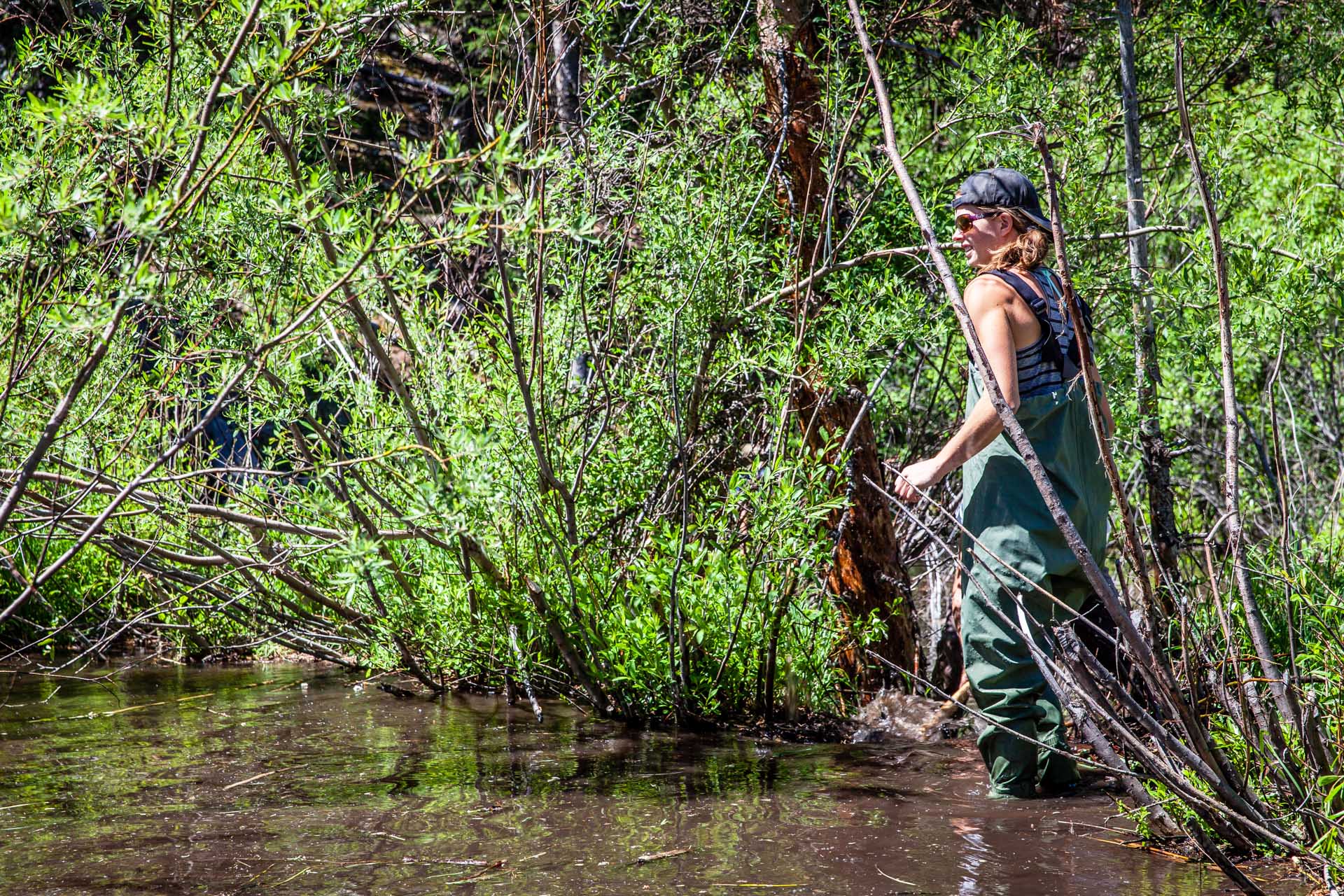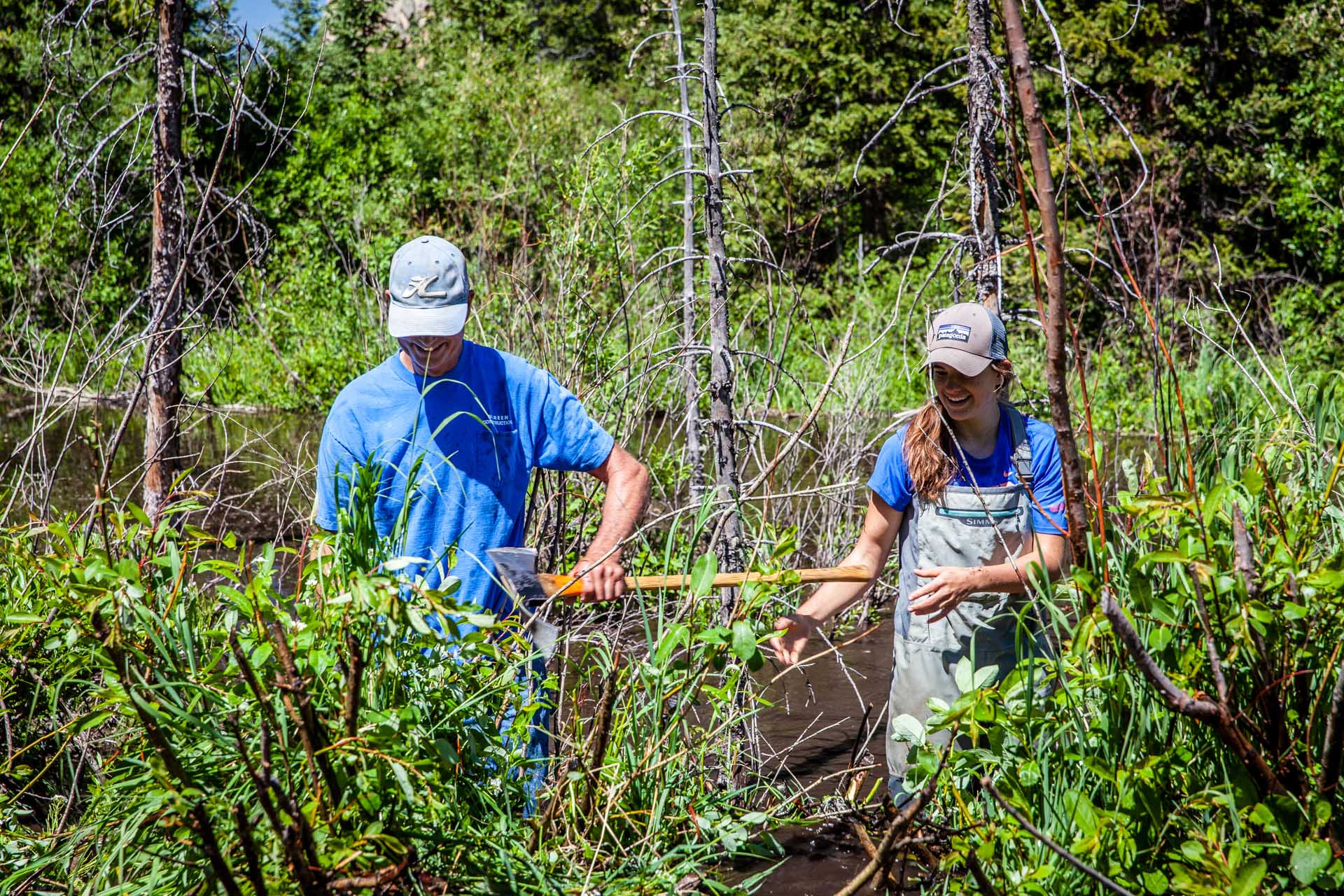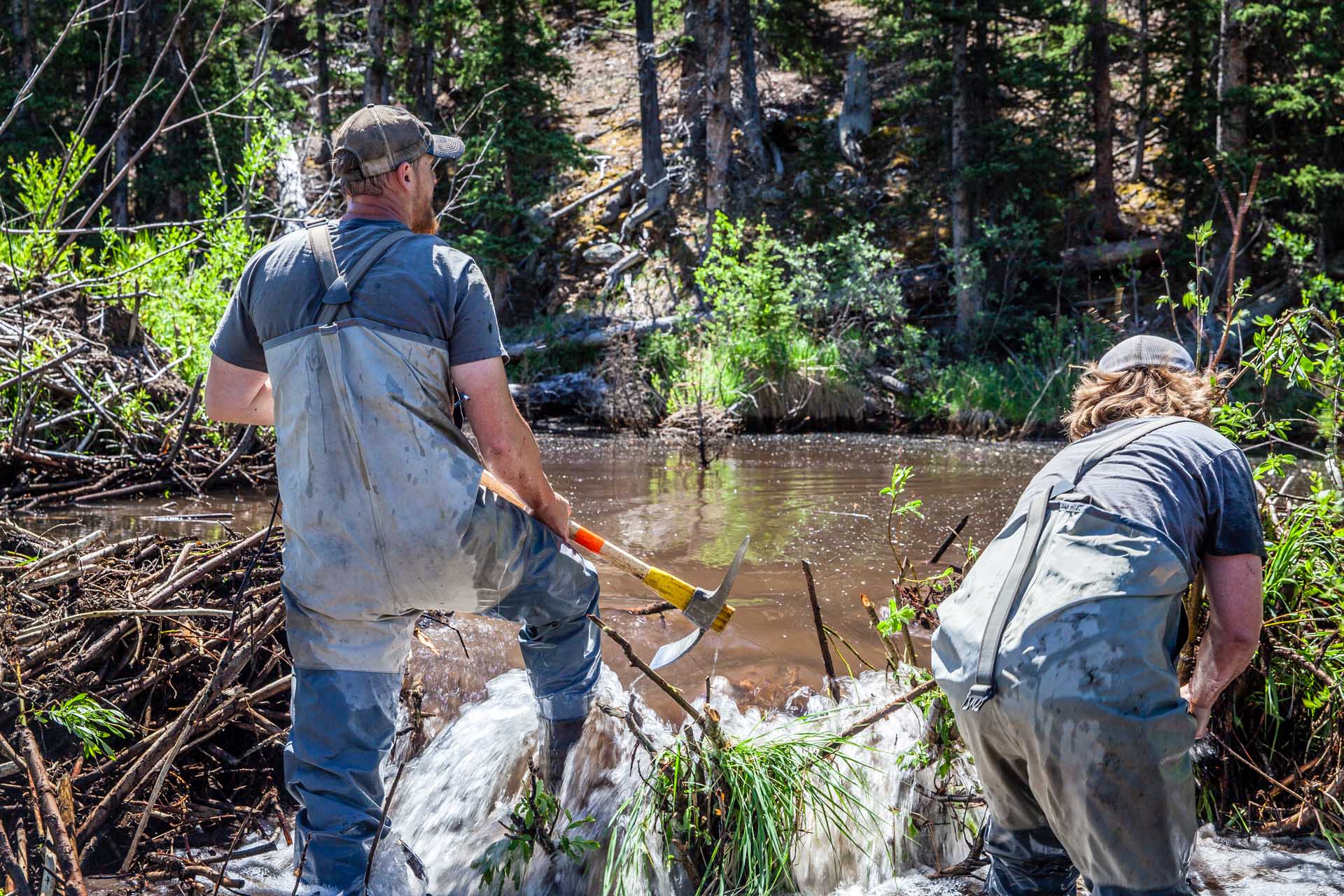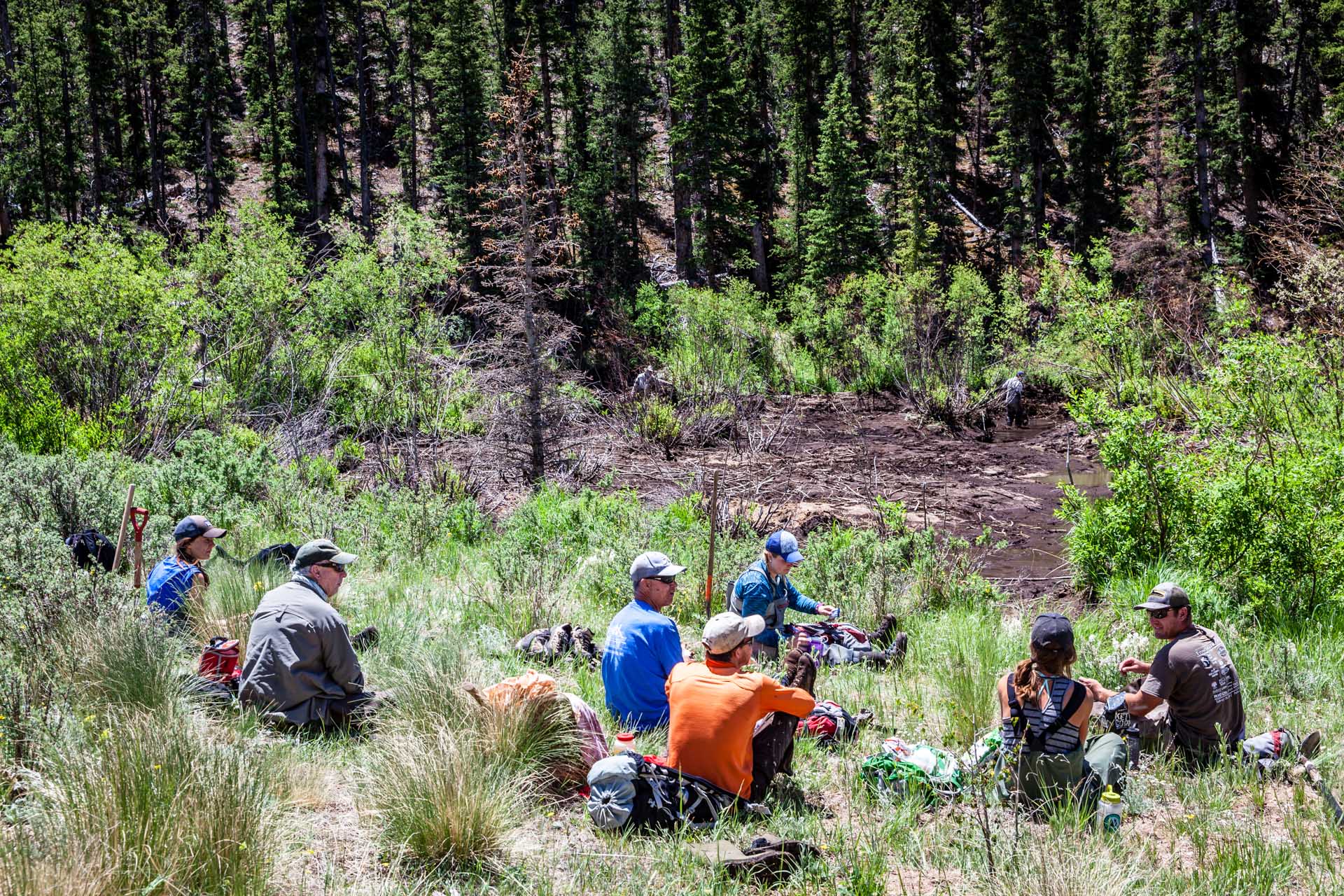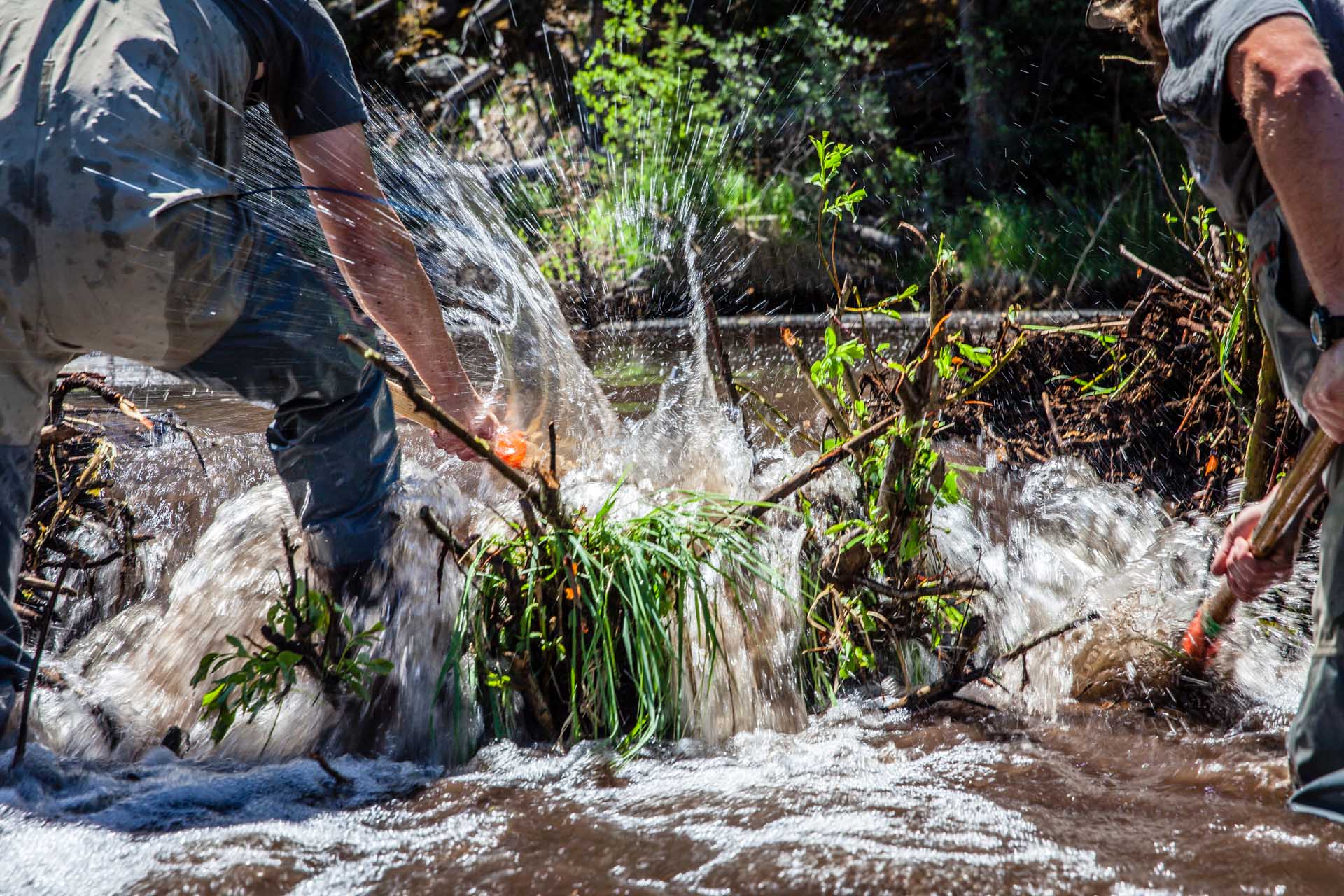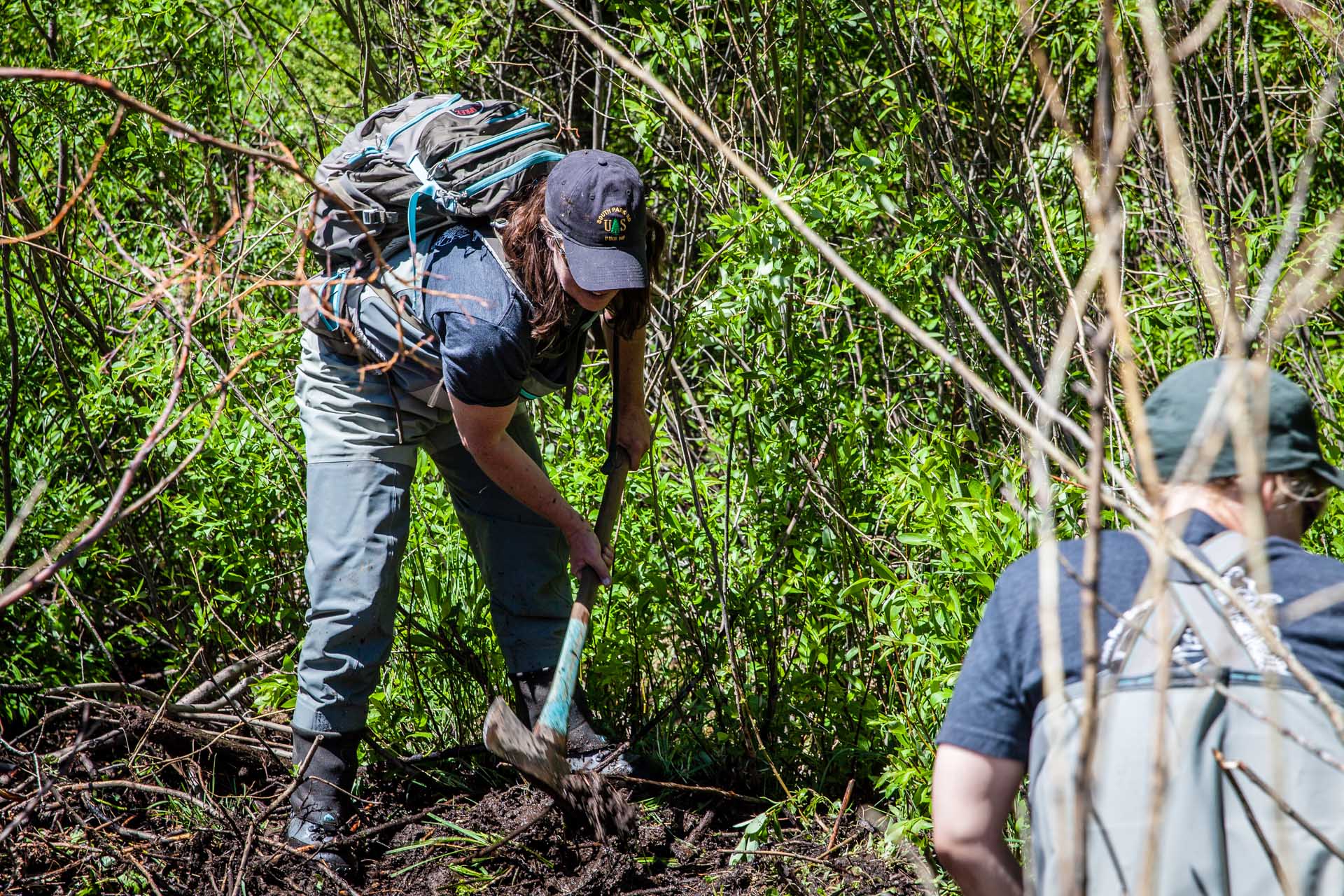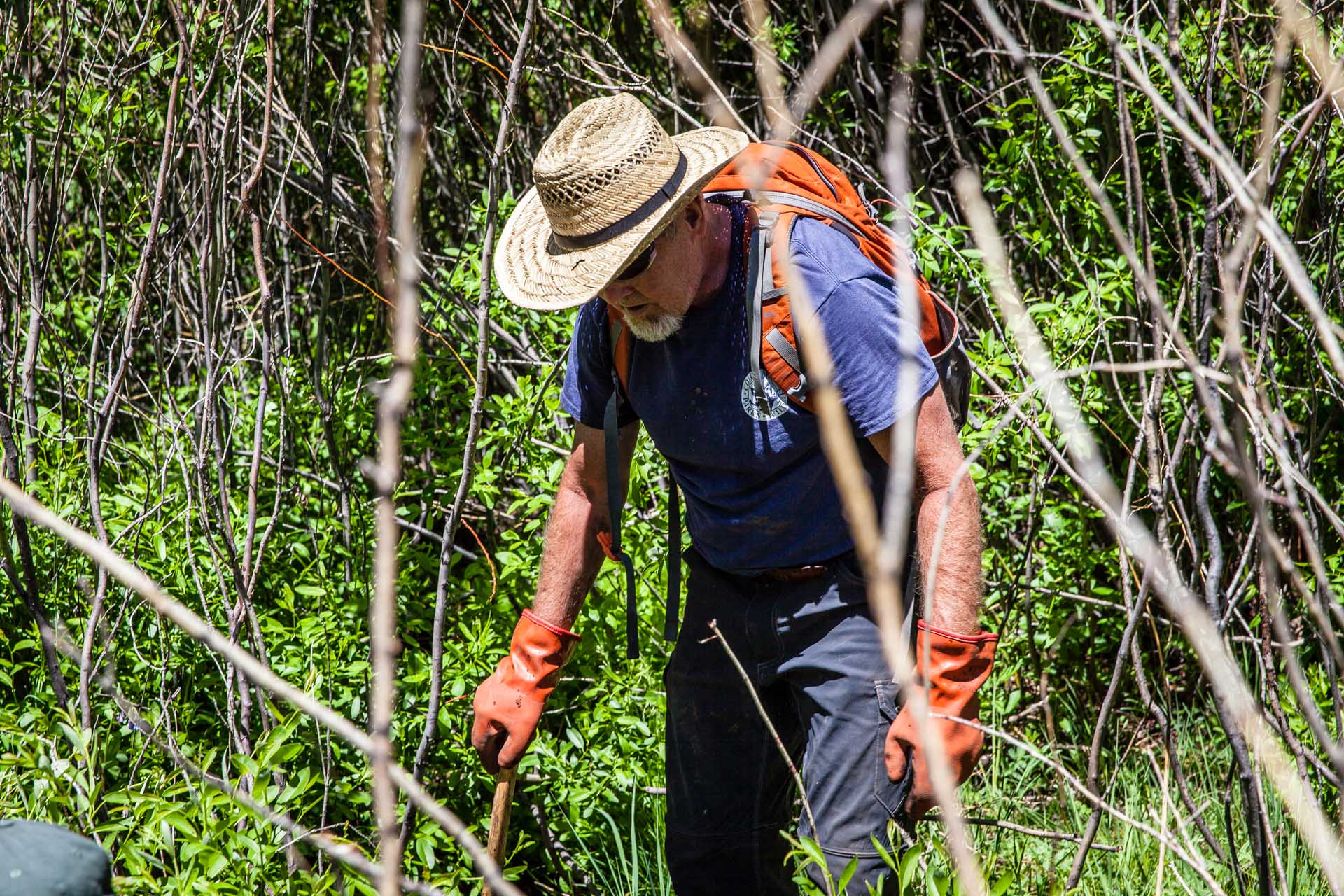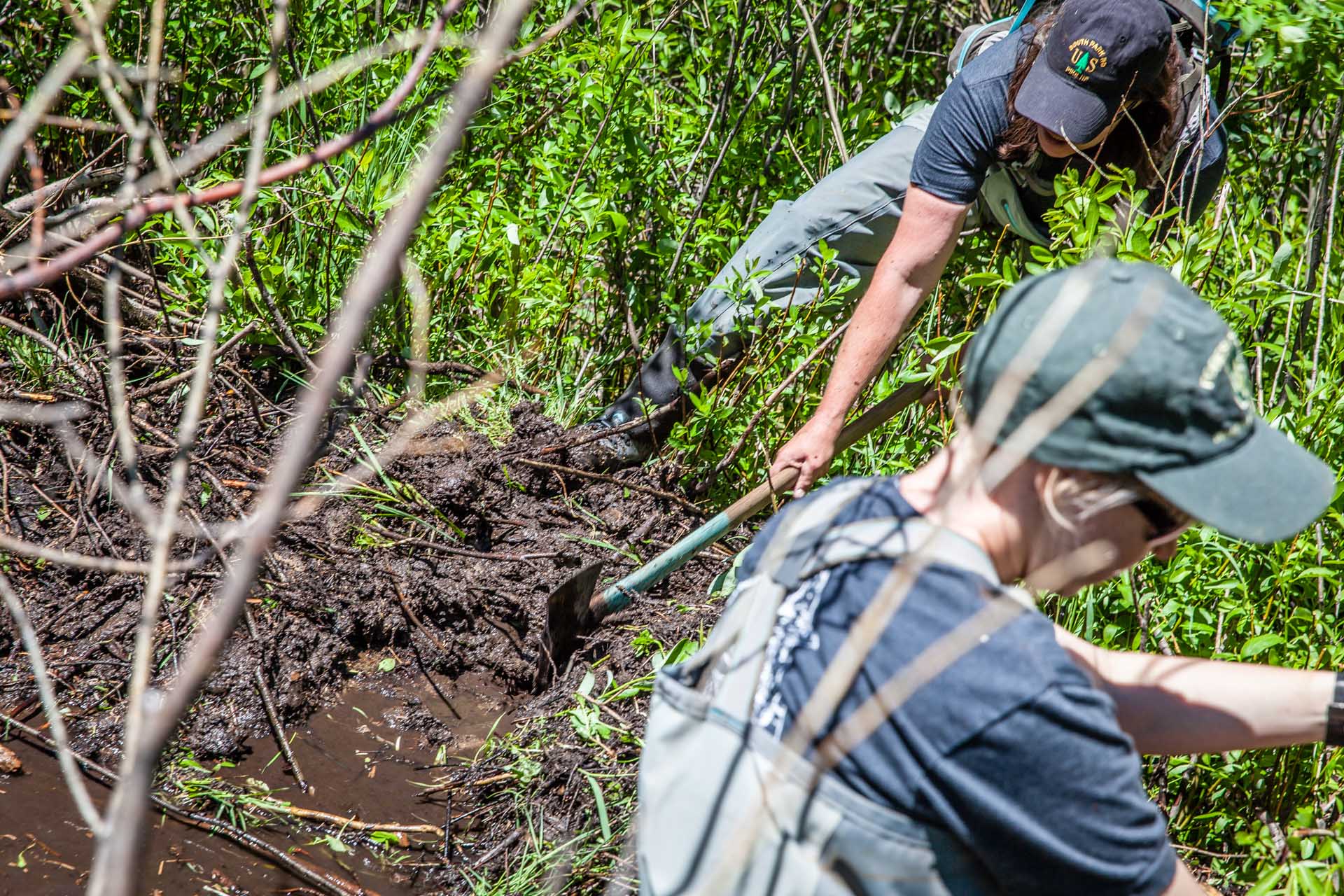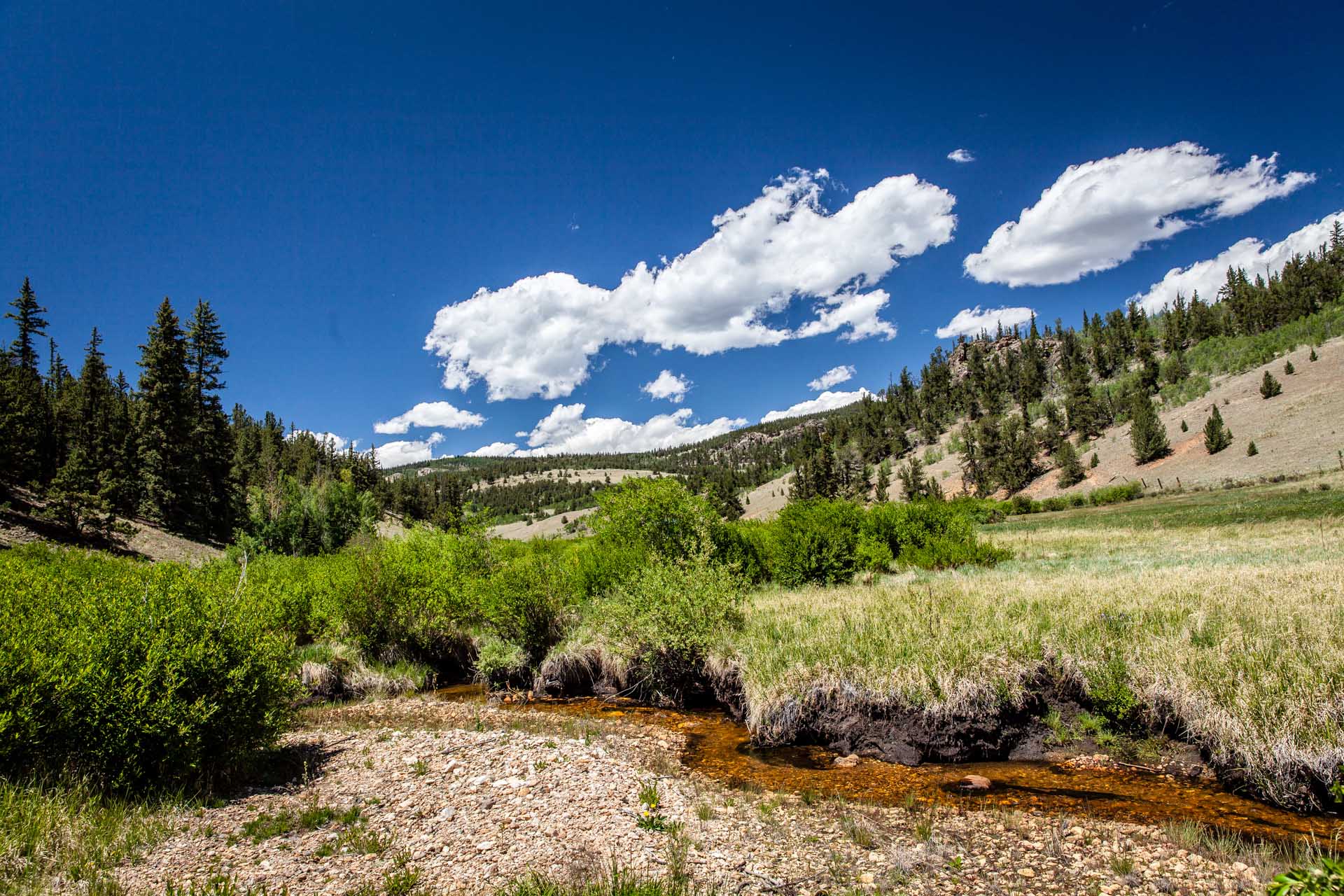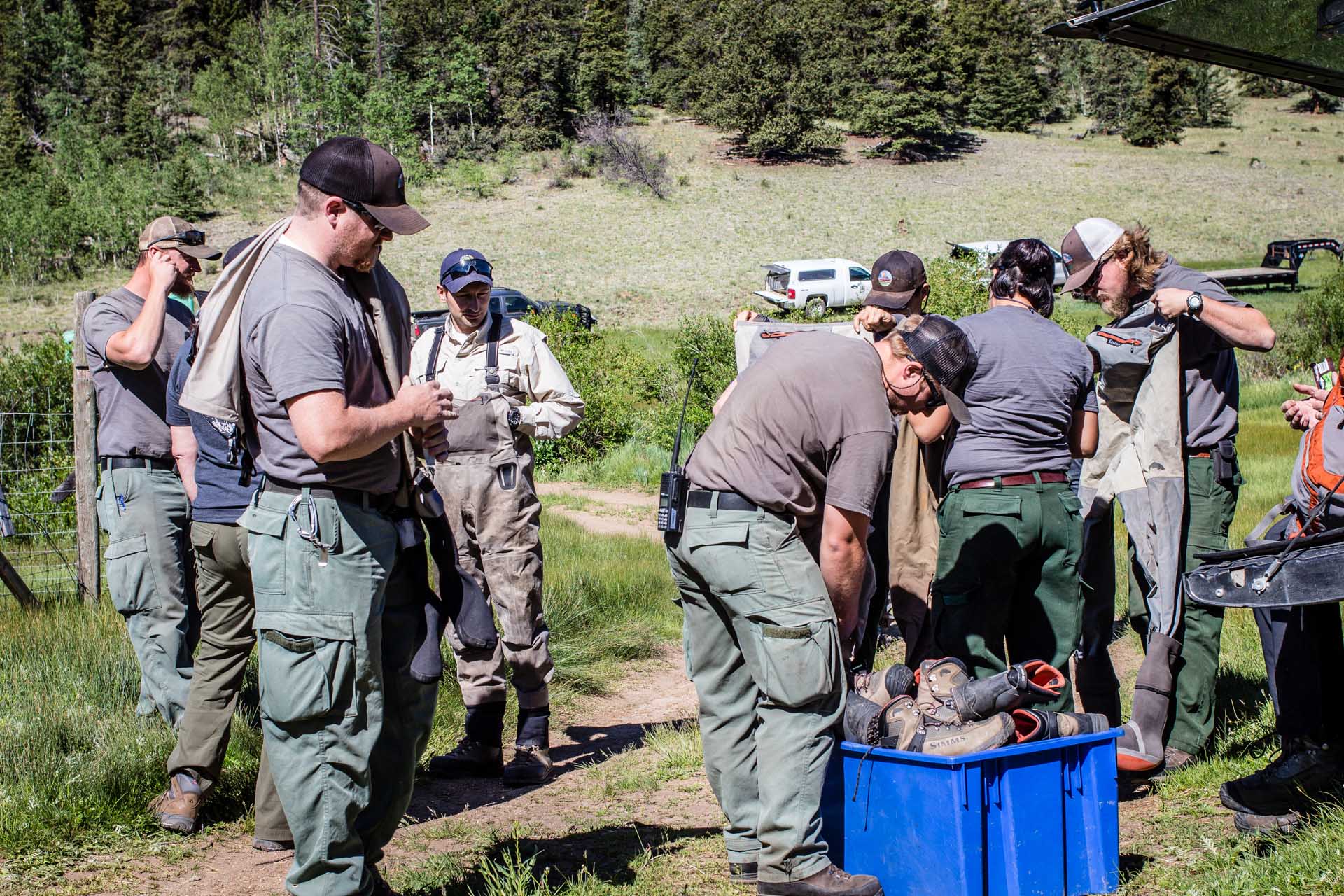A unique species of native cutthroat on Abrams Creek: help is on the way.
By Randy Scholfield
Living with less water—that’s the reality facing all of us who depend on the Upper Colorado River for our drinking water, food production, and outdoor recreation.
A recent scientific paper found that the Upper Colorado River Basin has lost 7 percent of its flows in last three decades due to higher temperatures caused by human-induced climate change. In a basin that supplies water for 40 million people and where every drop is used and accounted for, that’s only the latest red flag that our world is changing and that we need to take collective action to keep our rivers and communities healthy.
That’s why projects like Abrams Creek are so important.
This tiny creek outside of Gypsum has a rare population of native Colorado River cutthroat trout that’s genetically unique and the only aboriginal trout population in the Eagle River watershed. And because Abrams Creek has a lower elevation than many cutthroat streams, say biologists, its native trout might be better adapted to warmer temperatures—another reason why this vulnerable fish population is important to preserve.
For more than a century, however, Abrams Creek has been de-watered by irrigation diversions that drastically reduce its flows in late summer and fall. The trout have been hanging on, but they’re seriously pressured. Colorado Parks and Wildlife has called this population the “highest priority” for cutthroat conservation efforts in Western Colorado.
In 2016, Trout Unlimited’s Mely Whiting helped negotiate a deal with the local irrigation company, Buckhorn Valley Metro District, which agreed to pipe their irrigation ditch and thereby reduce leakage by 40 percent, with the water savings going back into the creek to keep the fish healthy.
The biggest hurdle was money. Piping the irrigation ditch along several miles of ditch would cost more than $1 million.
A year later, says Whiting, this fundraising goal has been met, thanks to efforts by TU, Eagle Valley Trout Unlimited, Buckhorn Valley, CPW and the Eagle River Watershed Council, who secured grants from a variety of sources, including the Colorado Water Conservation Board, Colorado River Basin Roundtable, Bureau of Reclamation and the town of Gypsum, as well as donations from BLM, Colorado's Species Conservation Fund and local buisnesses like Fortius Realty, NAI Mountain and Alpine Bank.
“Turns out, a lot of people were ready and willing to step up to protect this jewel of a stream,” says Whiting. Because of these collective efforts, she says, the project is officially a go. Construction is expected to start next year on piping the ditch, and the future of Abrams Creek cutthroats looks bright.
In an age of changing climate and paralyzing partisanship, it’s easy to get discouraged about the prospects for our rivers and streams.
One lesson of Abrams Creek: In a world of less water, there’s hope for preserving the health and quality of our rivers, fish and wildlife if we dig in and work together on solutions.
For more information and to donate to the project, go to TU’s Abrams Creek project page.
Randy Scholfield is Trout Unlimited’s director of communications for the Southwest.










